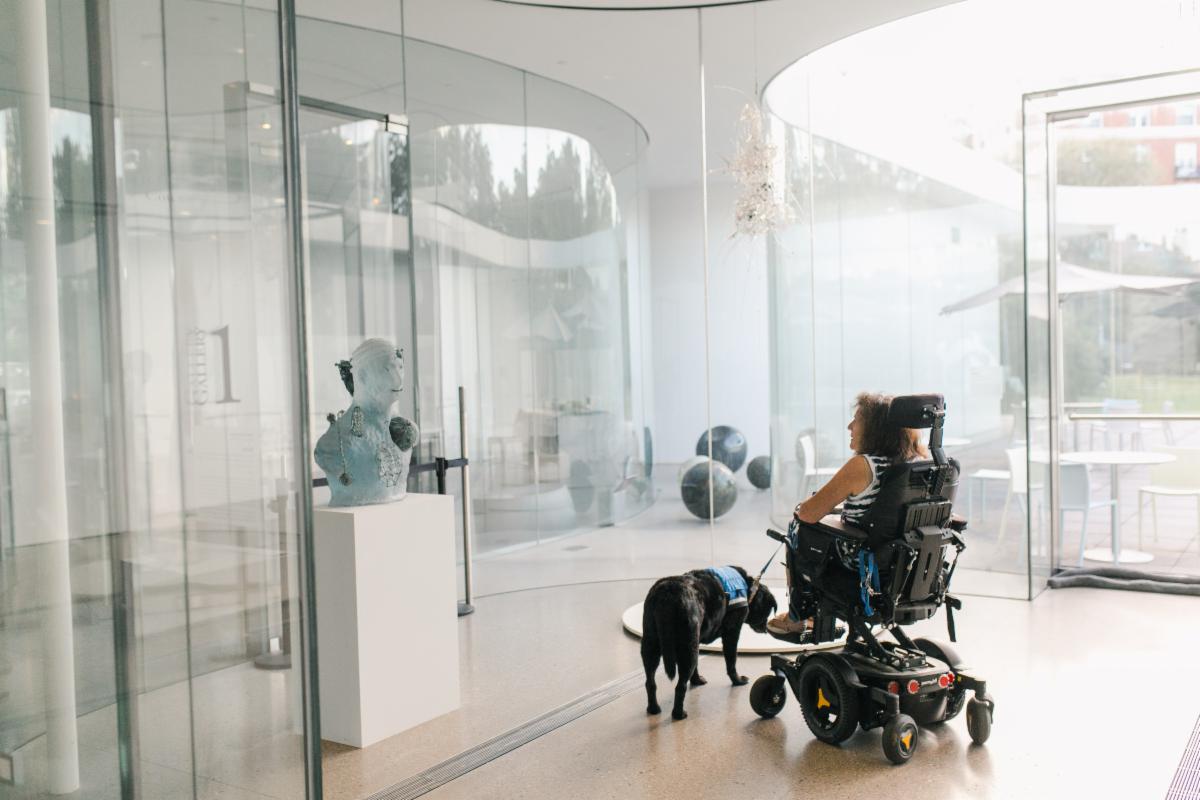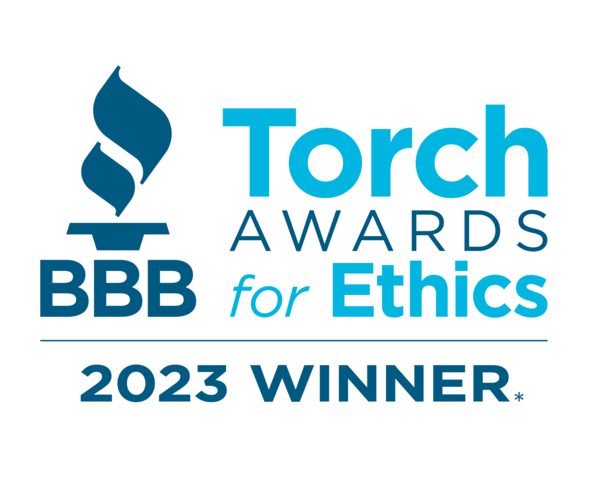Written by Jules Patalita
Hello everyone, Thank you for your continued participation with the Access Network. Last month, we had an incredible turnout for our Access Network Roundtable Breakfast event, where many members joined us at The Ability Center for a face-to-face seminar on accessible virtual meetings. For the third quarter of 2024, we’re focusing on a new theme: accessible cultural spaces. From zoos to museums to theaters, these places are crucial for community engagement and broadening minds. There’s no reason these facilities should be any less accessible for disabled Ohioans. This letter will guide those managing these spaces on the specific accommodation needs for cultural spaces.
This past fall, The Ability Center co-sponsored the 2024 ADA Seminar on Accessible Cultural Spaces alongside the Toledo Museum of Art, with Betty Siegel from The John F. Kennedy Center for the Performing Arts as our keynote speaker. The Toledo Museum of Art and The Ability Center have a long history of collaboration, which we encourage for managers of any cultural space to ensure equal access for all patrons.
Facility Access: Start at the Door and Move Throughout the Exhibition
If you’re responsible for the accessibility of a cultural space, your starting point is the 2010 ADA Standards for Accessible Design (linked in the resources below). Consider the age of your facility, as many cultural spaces are in older buildings where architectural accessibility may be more challenging. Common issues in older historic buildings include narrow or heavy doors, handles requiring two hands, and steps at entrances. Marble stairways with steep steps and ornate handrails often fail to meet ADA standards. For two-story buildings hosting public events on the second floor, prioritize having elevators available on the main circulation path through the building.
Walking paths must also be accessible beyond just accommodating wheelchairs. Paths should connect parking, entrances, and important features of a facility while showcasing exhibits or attractions. For example, a museum route should allow guests to fully experience an exhibit. A zoo’s accessible route must let guests see all the animals and attractions. We suggest providing assistive devices like wheelchairs and electronic scooters to help patrons enjoy the experience comfortably.
Ensure that any assembly areas (theaters, auditoriums, etc.) are accessible, specifically the seating arrangements. Accessible seating and companion seating need to offer an equal view of the event. Spread accessible seats evenly throughout the space to avoid creating barriers to engagement. For ADA standards on accessible seating, see the link in the resources section below.
Wayfinding: Simplify Navigation and Design Accessible Exhibits
Wayfinding, or helping guests navigate and know where they are, is crucial, especially in larger spaces. Signage should inform guests about their location, exhibits, attractions, exits, and restrooms. Wayfinding also includes lighting and color contrasts between furniture and surrounding areas, aiding guests with low vision. Offer electronic materials like a map feature on a mobile app or a descriptive map on your website, ensuring these digital tools are accessible and highlight features like elevators, desks for renting assistive devices, and accessible routes and exits.
Exhibits and attractions should also be designed with accessibility in mind. An accessible building means little if the displays aren’t set up for everyone’s enjoyment. Design exhibits along accessible routes, ensuring the full experience is accessible. Consider display heights—The Toledo Museum of Art hangs exhibits at 57” to accommodate both standing and seated guests. For zoos, this might mean lowering fences and barriers for better visibility from a seated height. Ensure displays are visible from various heights and distances.
Information: Communicate Equally Across Multiple Formats
Effective communication is an ADA requirement, ensuring equally effective communication with disabled guests as with nondisabled individuals. Signs and labels should be accessible, using large, bold characters with strong color contrast and plain language for readability and comprehension. Limit text on labels, with one idea per sentence and around 55 characters per line. Define any jargon or unfamiliar terms within the same sentence they are introduced.
Provide alternative formats for information to accommodate various disabilities. For blind guests, offer materials in large-font and braille and provide audio descriptions. For D/deaf guests, exhibits with audio components should have written transcripts, captioning, and/or ASL interpreters. Offer multiple alternatives to accommodate different preferences and always respect the guest’s choice.
To Conclude, Include
Promote your facility’s commitment to accessibility on your website. Highlight available accommodations and assistive devices and inform guests of any inaccessible areas to avoid disappointment. Showcase contributions from people with disabilities in your cultural space. Display art by blind artists, include historical figures with disabilities, and educate visitors on the accomplishments of the disabled community. Highlighting these identities fully educates guests and represents a marginalized community.
Resources
2010 Americans with Disabilities Act Standards for Accessible Design


